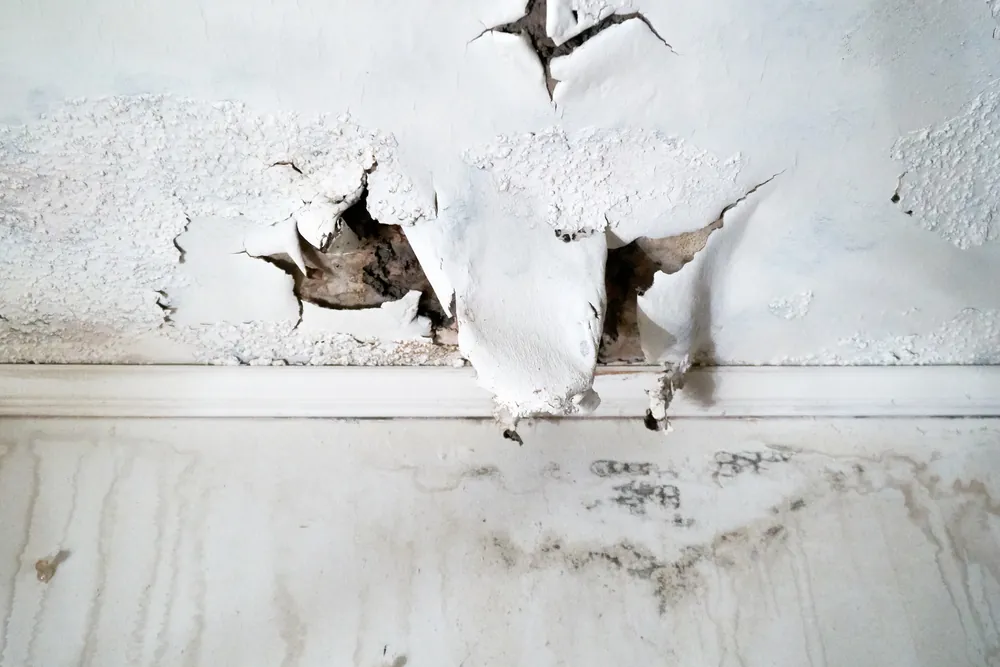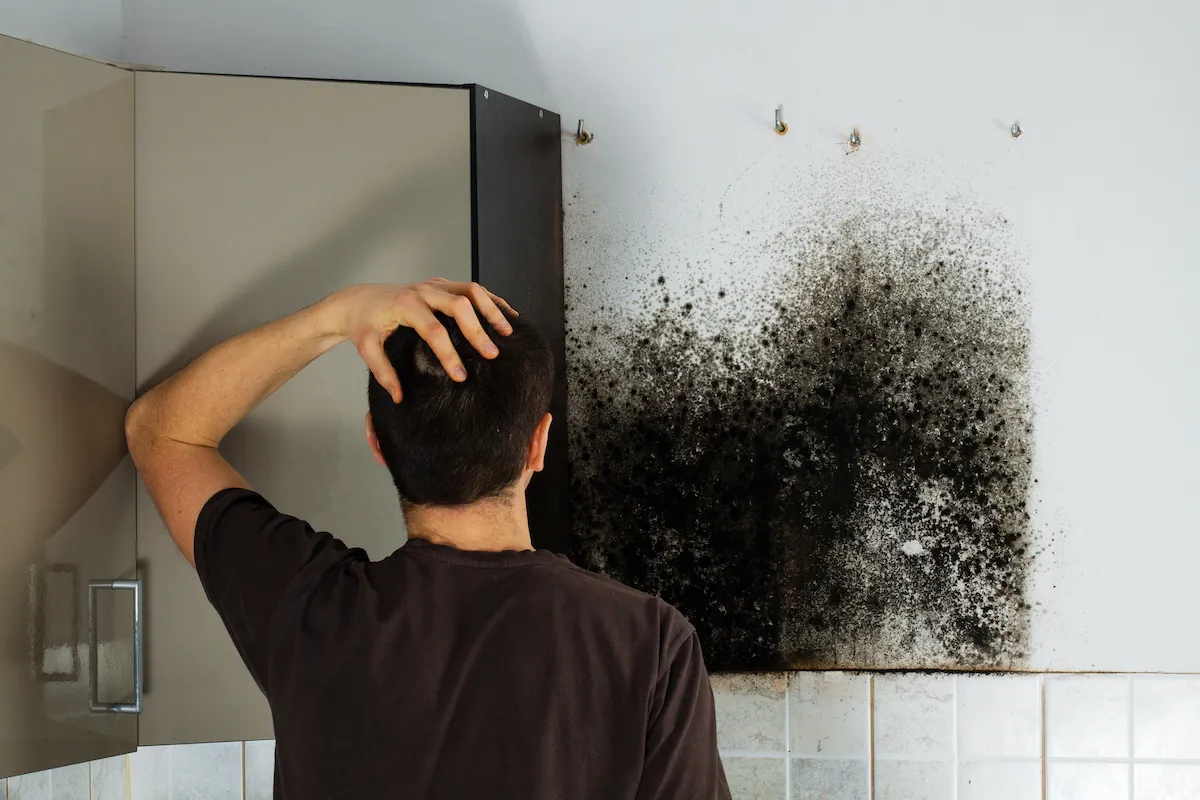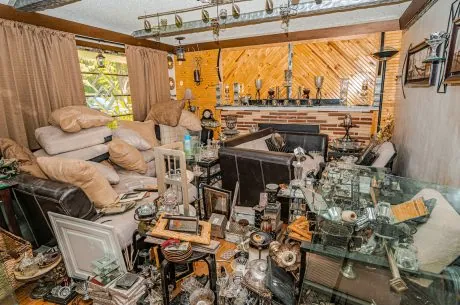This article answers the question: “How Long Does It Take for Mold to Grow?” Let’s get started.
Water damage from flooding, leaks or high humidity can not only compromise the integrity of your home and its contents, but also cause mold growth. Mold can grow quickly after water damage, making the restoration process more difficult. Even a small amount of moisture, if not handled quickly and properly, can turn into a large mold infestation.
Mold spores – tiny airborne particles that are not visible to the naked eye – exist everywhere in nature, and they can grow into visible mold after a water damage incident. When it starts invading your home, mold can threaten the health of its occupants. Mold exposure is especially dangerous for people with breathing problems caused by allergies or asthma.
However, you can avoid mold growth in your home if you act fast. All it takes is eliminating the moisture before mold has had the chance to start growing. But how long does it take for mold to grow after a flood or moisture problem?
How Long Does It Take for Mold to Grow?
According to the Environmental Protection Agency (EPA), mold typically takes 24 to 48 hours to grow after a flood if the right conditions are met. It depends on several factors:
- Spore presence: Mold spores are present in the environment, and they can settle on surfaces and materials. If these spores encounter the right conditions, they can start to grow and colonize.
- Moisture: Mold requires moisture to grow, and floodwater provides an abundant source of it. The longer materials and surfaces remain wet, the more likely it is for mold to develop. High humidity levels in a flood-damaged area can also promote mold growth.
- Time: The chance for mold spores to spread from one area to another increases with time. These microorganisms can quickly fill the air and spread throughout your home, affecting more and more areas and endangering your health with every passing hour. Mold spores that start to colonize on surfaces within 24 hours become visible in about 18 to 21 days of the flooding. But that happens if nothing has been done to dry the water and restore the affected surfaces.
- Temperature: Indoors, mold generally grows faster on softer surfaces in darker, warmer (70 degrees or more), and more humid environments.
- Type of surfaces: Mold feeds on organic materials, such as wood, drywall, carpet, and other building materials. If these materials are soaked in floodwater, it provides an ideal environment for mold to grow.
- Ventilation: Poor ventilation can trap moisture indoors, making it easier for mold to thrive. Adequate airflow and ventilation can help mitigate mold growth.
For these reasons, it’s essential to deal with water and moisture issues as soon as you have a flooding incident. The faster the cleanup and drying take place, the smaller the chances of major mold growth.
DIY or Call a Professional?
If you have a lot of water in the house, hiring a water damage restoration company may be your best bet to get your home back in order as fast and as cost-efficiently as possible. Restoration companies have the right equipment that’s needed to dry out your place quickly.
A restoration professional is even more critical for saving your home if it was flooded with more contaminated water like sewage. This type of water is extremely hazardous and best handled by trained and certified water damage cleanup professionals.
Furthermore, if mold has started growing in your home following a flood, it’s likely that there’s even more mold hiding in unseen areas, such as inside walls. Mold removal experts have the necessary tools to detect hidden mold in areas where the eyes can’t see.
How Long Does It Take for Mold to Grow: Conclusion
Mold can begin to grow in a flooded home relatively quickly, often within 24 to 48 hours after the flooding event. The exact timeline can vary depending on various factors, including the temperature, humidity levels, the presence of organic materials, and the extent of water damage.
If your home has experienced flooding, it’s advisable to consult with professionals like PuroClean, who specialize in water damage restoration and mold remediation. They can assess the extent of the damage and take appropriate measures to prevent mold growth and ensure your home is safe and habitable.




